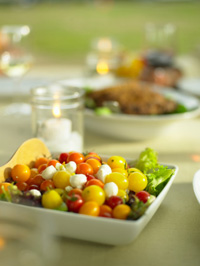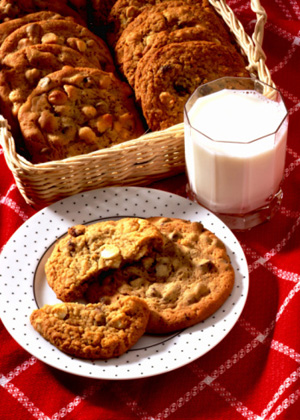Statistics tell us that the average American eats only one half of a serving of whole grains daily, although the current recommendation is to eat at least three servings per day. Some people consume predominant whole grains, so this means that many people are only rarely or not ever eating whole grains.
Unfortunately, when many people think of whole grains they think only of whole wheat. That one is great, but there are many more choices available. Several may even have more nutrients than whole wheat. Examples of other grains include oats, barley, millet, rye, brown rice, corn (maize), buckwheat, and amaranth.
So what exactly is a “whole” grain, anyway? Whole grains can be defined as having all three parts of the kernel included. Refined grains, such as white flour, are made up of the endosperm, which is mainly starch. The kernel also contains a germ and the bran. These two layers are loaded with nutrients, including vitamin E, several B vitamins, and some important minerals, including zinc, magnesium, manganese, chro-mium, selenium, and molybdenum. During the refining process these nutrient-rich layers are lost. Fiber is also lost.
Read more about Refined Robbers: Choose Whole Grains …







